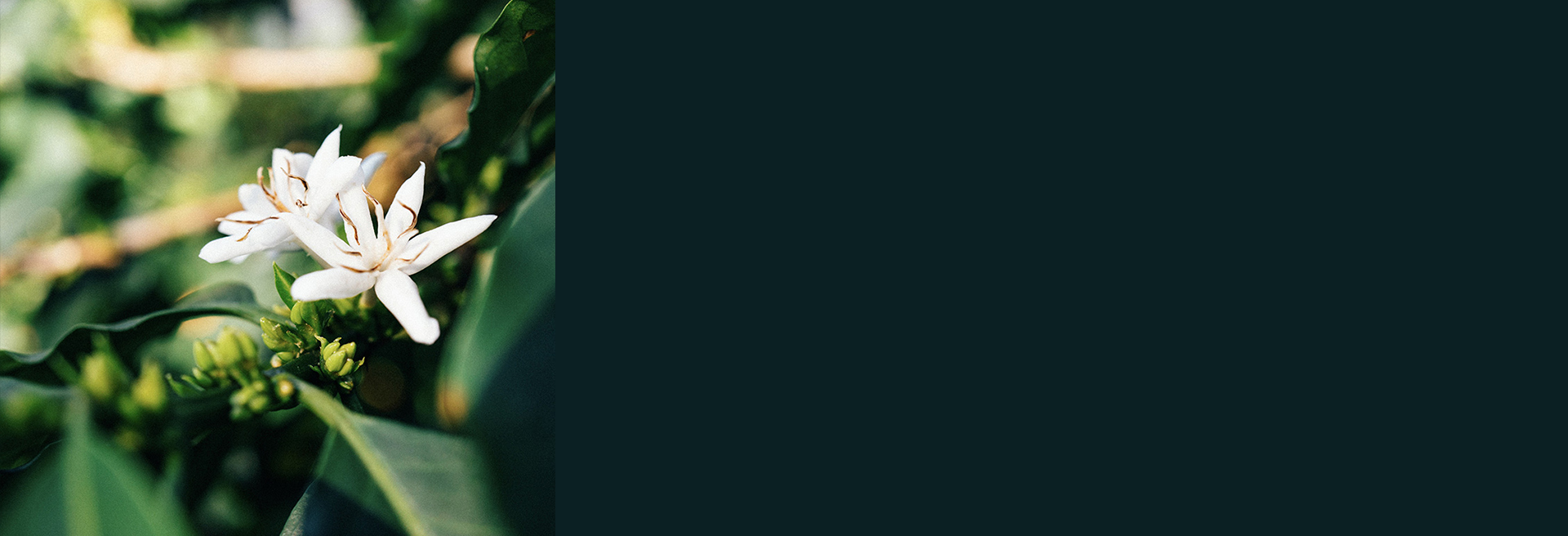FREE EU SHIPPING ON 4 BAGS
Uganda
Rwenzori Mountains - Uganda
250g
QUALITY SCORE: 88.50
Cup Notes
Blackberry / Raisins / Cherry / Dark Chocolate
Suggested for espresso and filter
when we roast
We freshly roast to order all coffees on Monday, Wednesday and Friday (excluding national holidays), and ship the same day! Cut-off time is 11:59pm (UTC+1) of the day before the roast day. *We only ship whole beans*
Details
- Quality Score
- 88.50
- Producer
- Several small farmers
- Country
- Uganda
- Terroir
- Rwenzori
- Altitude
- 1300 - 1550 mt
- Process
- Classic Natural
- Arabica cultivar
- SL14 & SL28
- Picked in
- July 2018
- Arrived in
- April 2019
- Roast profile by
- Rubens Gardelli
- Roasted on
- Customised solid-drum roaster
THE STORY BEHIND
THE VARIETY
SL14 was originally selected in Kenya the late 1930s at the Scott Agricultural Laboratories. Individual tree selections made at the Scott Laboratories in Kenya during the 1935-1939 period were prefixed “SL.” SL14 was selected in 1936 from a single tree labeled Drought Resistant II (D.R. II), and drought tolerance is a noted characteristic of SL14. Historical records documenting the origin of D.R. II were lost, but the seedlings were established at Kabete in 1933, and then widely distributed in areas east of the Rift Valley in Kenya. Recent genetic tests have confirmed that SL14 is related to the Typica genetic group. It is economically important in both Kenya and Uganda.
SL28 was bred by Scott Laboratories in 1931 from Tanganyika D.R, and has become very popular throughout Kenya and is recognised as a variety of exceptional cup quality. It has wide leaves with coppery tips. Beans are wide and productivity comparatively low. Though it is not substantiated that we can find, some sources claim that Scott Labs crossed mutations of French Mission, Mocha and Yemen Typica to produce the SL 28 variety. No matter the exact genetic composition, almost certainly their original goal was to create a plant with high quality, reasonable productivity and great drought resistance.
THE FERMENTATION PROCESS
Dry process seems simple: pick the fruit, lay it out in the sun until it turns from red to brown to near-back, and then hull off off the thick, dried outer layer in one step to reveal the green bean. It is a method suited to arid regions, where the sun and heat can dry the seed inside the intact fruit skin.
It's often referred to as "natural coffee" because of its simplicity, and because the fruit remains intact and undisturbed, a bit like drying grapes into raisins. Since it requires minimal investment, the dry process method is a default to create cheap commodity-grade coffee in areas that have the right climate capable of drying the fruit and seed.
But it’s a fail in humid or wet regions. If the drying isn't progressing fast enough, the fruit degrades, rots or molds.
Dry-processed coffees can also be wildly inconsistent. If you want a cleanly-fruited, sweet, intense cup, dry process (DP) takes more hand labor than the wet process. Even the most careful pickers will take green unripe or semi-ripe coffee off the branch as they pick red, ripe cherry. If these are not removed in the first days of drying, the green turns to brown that is hard to distinguish from the ripe fruit.



